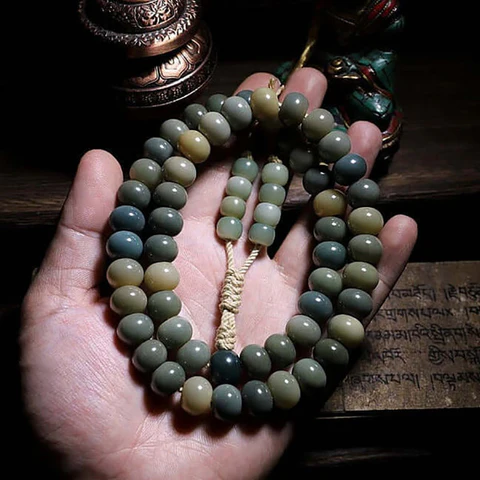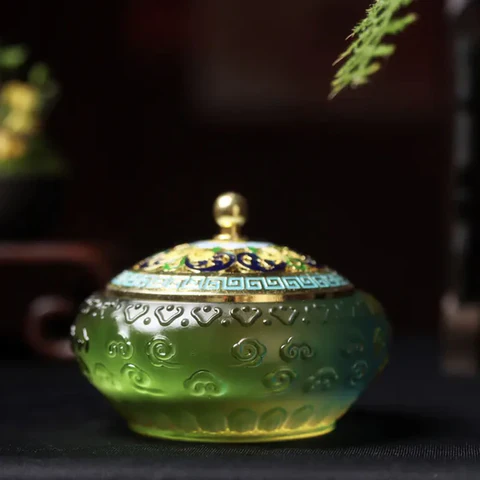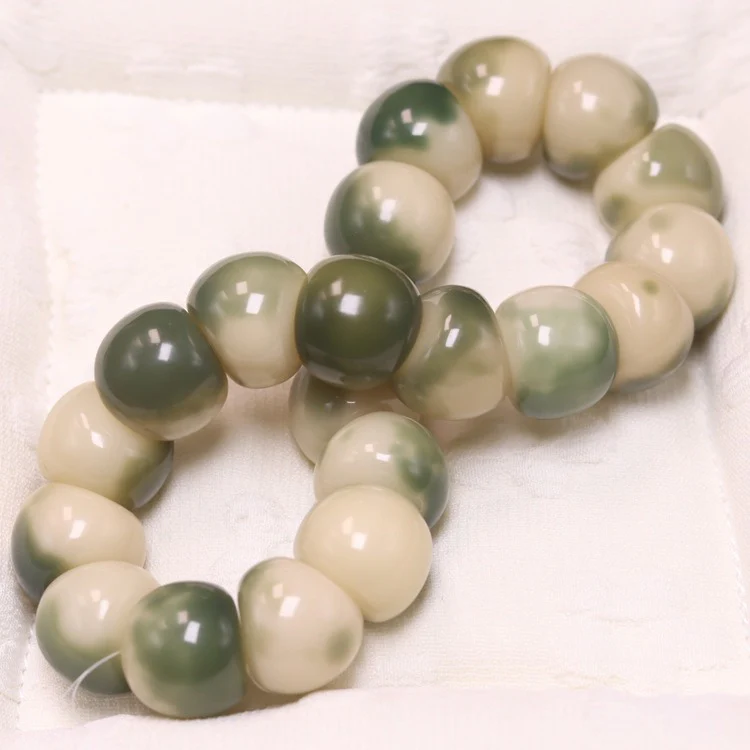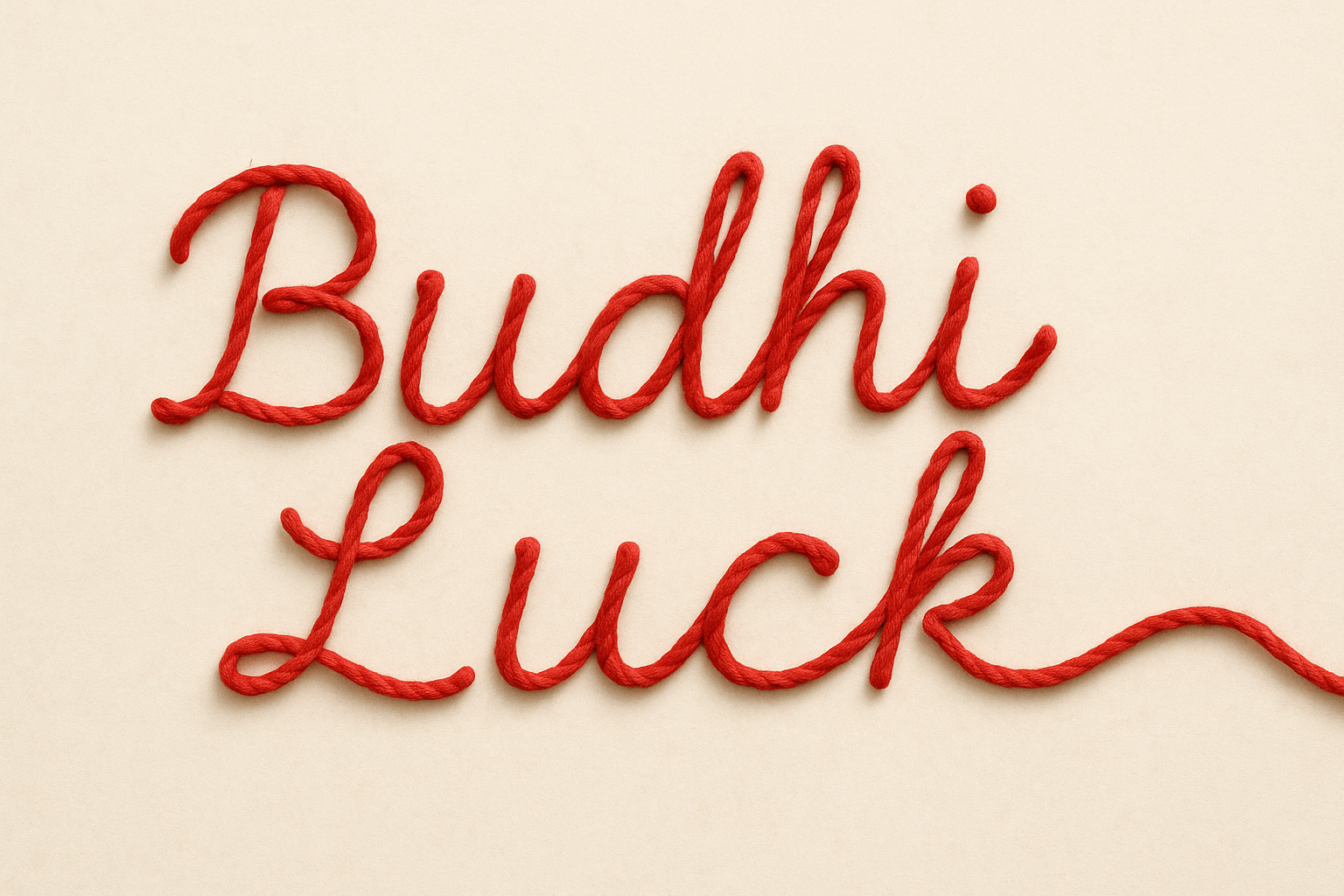- Mon - Fri:
9:00am – 9:00pm
- Call Us:
+1-702-268-6636
- Language:
English
- Currency:
$USD
+1-702-268-6636
English
$USD





Follow us to learn more about energy growth
The image of a simple red string tied around the wrist, ankle, or neck is one that appears across cultures and time periods. Though small and humble, this piece of thread has been imbued with powerful symbolic meanings for centuries. In Chinese tradition, and in other cultures across Asia and even beyond, the red string is connected to good fortune, protection, love, and destiny. To many, it is not just a decorative accessory but a spiritual safeguard and a reminder of blessings.
This essay explores the symbolism of the red string in depth, including its origins in Chinese culture, its role in folklore and mythology, its significance in daily customs, and the way it has evolved into a popular modern accessory.
To understand why the red string has such importance, one must first understand the color red in Chinese culture. Red is the quintessential color of celebration, joy, and luck. It appears everywhere in festivals such as Lunar New Year, in wedding ceremonies, and in the clothing of newborn children. The vibrancy of red is believed to repel evil forces, making it a natural choice for a protective charm.
When red is fashioned into a string and tied around the body, it becomes a portable talisman. The thin cord is not meant to dazzle with wealth or luxury but to quietly guard and attract positive energy. This is why red strings are commonly seen tied on the wrists of children, newlyweds, or travelers—groups of people especially in need of safety and blessings.
One of the most fundamental roles of the red string is protection. Ancient beliefs hold that unseen forces—whether malevolent spirits, bad luck, or envy—can harm people. Red, with its fiery and auspicious qualities, acts as a shield. By tying a red string around the wrist or ankle, a person is symbolically “locking in” their safety and creating a barrier against misfortune.
Parents in many regions of China and Taiwan still tie red strings on their children, sometimes attaching a small golden lock or jade charm. This practice reassures the family that the child will grow up safely, watched over by benevolent forces. In rural areas, elders sometimes bless the string before it is tied, reciting prayers for the wearer’s well-being.
Beyond protection, the red string is also regarded as a magnet for luck. Its very presence suggests continuity and stability, as if the cord physically binds blessings to the wearer. Many believe that wearing the red string during important times—such as starting a new job, sitting for exams, or moving into a new home—can secure prosperity and favorable outcomes.
This belief comes from the ancient idea that fortune is not static but fluid. Good luck can slip away if not anchored. By tying a red cord, people metaphorically “tie down” their luck, ensuring it does not escape. This is why many people wear the red string for extended periods, only cutting it off when it naturally frays and falls apart, symbolizing that its protective work has been completed.
Perhaps the most romantic symbolism of the red string comes from the legend of the “red thread of fate” (红线姻缘). According to Chinese mythology, the god of marriage, known as Yue Lao, ties an invisible red thread around the ankles or fingers of destined lovers. No matter how far apart they may be, the thread will eventually draw them together, ensuring they meet and marry.
This story has inspired generations to see the red string as a token of love and destiny. Couples exchange red strings as symbols of their eternal bond. Newlyweds may receive red cords tied together to represent the intertwining of their lives. Even in modern dating culture, many young people wear red strings, hoping to attract true love or strengthen an existing relationship.
The red thread of fate has also crossed cultural boundaries, appearing in Japanese folklore (as the “akai ito”) and in popular culture worldwide, from novels and films to modern jewelry marketing. The enduring charm of this myth demonstrates the universal human longing for destined love and the reassurance of unseen bonds.
The way one wears the red string is just as important as the string itself.
The red string plays a role in various festivals and rituals throughout the year. During Lunar New Year, people often tie red strings as part of their preparations to welcome prosperity. On the Double Seventh Festival (Qixi), associated with love and romance, young women sometimes tie red cords while praying for a good marriage.
Temples dedicated to Yue Lao often sell consecrated red strings, which visitors can purchase, wear, or tie to temple structures as a prayer for love. These strings are believed to carry divine blessing, making them especially powerful.
Interestingly, the symbolism of the red string is not limited to Chinese culture. In Buddhism, a red string bracelet is often given after a blessing ceremony, symbolizing spiritual protection and a reminder of vows. In Hinduism, sacred red and yellow threads known as kalava are tied during religious rituals for blessings and safety.
In Kabbalah, the Jewish mystical tradition, a red string bracelet is worn on the left wrist to ward off the “evil eye” and attract divine protection. Celebrities and spiritual practitioners have made this custom famous worldwide.
The convergence of these traditions suggests that the red string resonates with a universal human intuition: that a simple thread can serve as a bridge between the physical and the spiritual, the visible and the invisible.
In today’s world, the red string has taken on new life as both a spiritual symbol and a fashion statement. Bracelets featuring red cords interwoven with gold, silver, or gemstones are sold by jewelers around the world. These modern versions keep the traditional meaning while appealing to contemporary tastes.
For many young people, wearing a red string is less about strict belief and more about carrying a personal charm of positivity. Some see it as a reminder of family blessings, while others use it as a daily anchor for mindfulness and gratitude. Travelers, entrepreneurs, and students often wear red strings as a small gesture of hope and self-assurance.
Social media has also contributed to the popularity of red strings, with influencers sharing photos of bracelets and explaining their symbolic meanings. This blend of tradition and modern expression has helped the red string transcend cultural boundaries.
Beyond cultural symbolism, the red string also carries personal psychological significance. For the wearer, it serves as a visible, tangible reminder of their goals, prayers, or loved ones. This can provide comfort, motivation, and a sense of connection.
Psychologists might describe the red string as a kind of ritual object, which helps people cope with uncertainty and gives them a sense of control in unpredictable circumstances. Even if one does not literally believe in its supernatural power, the act of tying and wearing the string can be a powerful symbolic affirmation of hope and resilience.
The red string is a deceptively simple object, yet it embodies a rich tapestry of meanings—protection, good fortune, love, destiny, and spiritual connection. From ancient Chinese folklore to modern global fashion, it continues to thrive as both a traditional talisman and a personal charm.
Its enduring appeal lies in its universality. Every culture, in some form, has sought symbols to safeguard, attract luck, or bind love. The red string, with its vibrant color and timeless simplicity, fulfills all these roles. Whether worn for faith, tradition, or fashion, it ties people not only to their heritage but also to their hopes for a brighter, safer, and more loving future.
